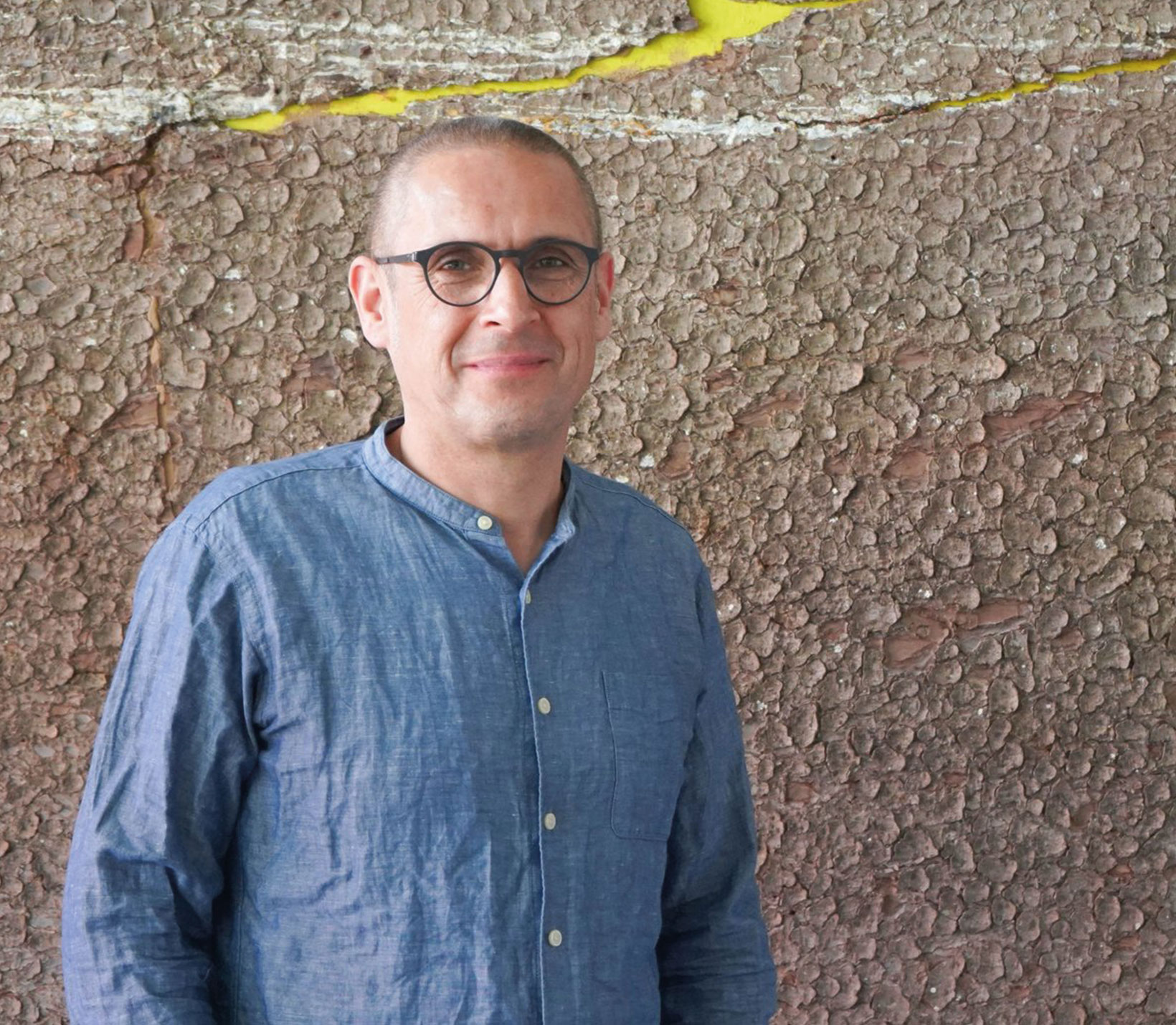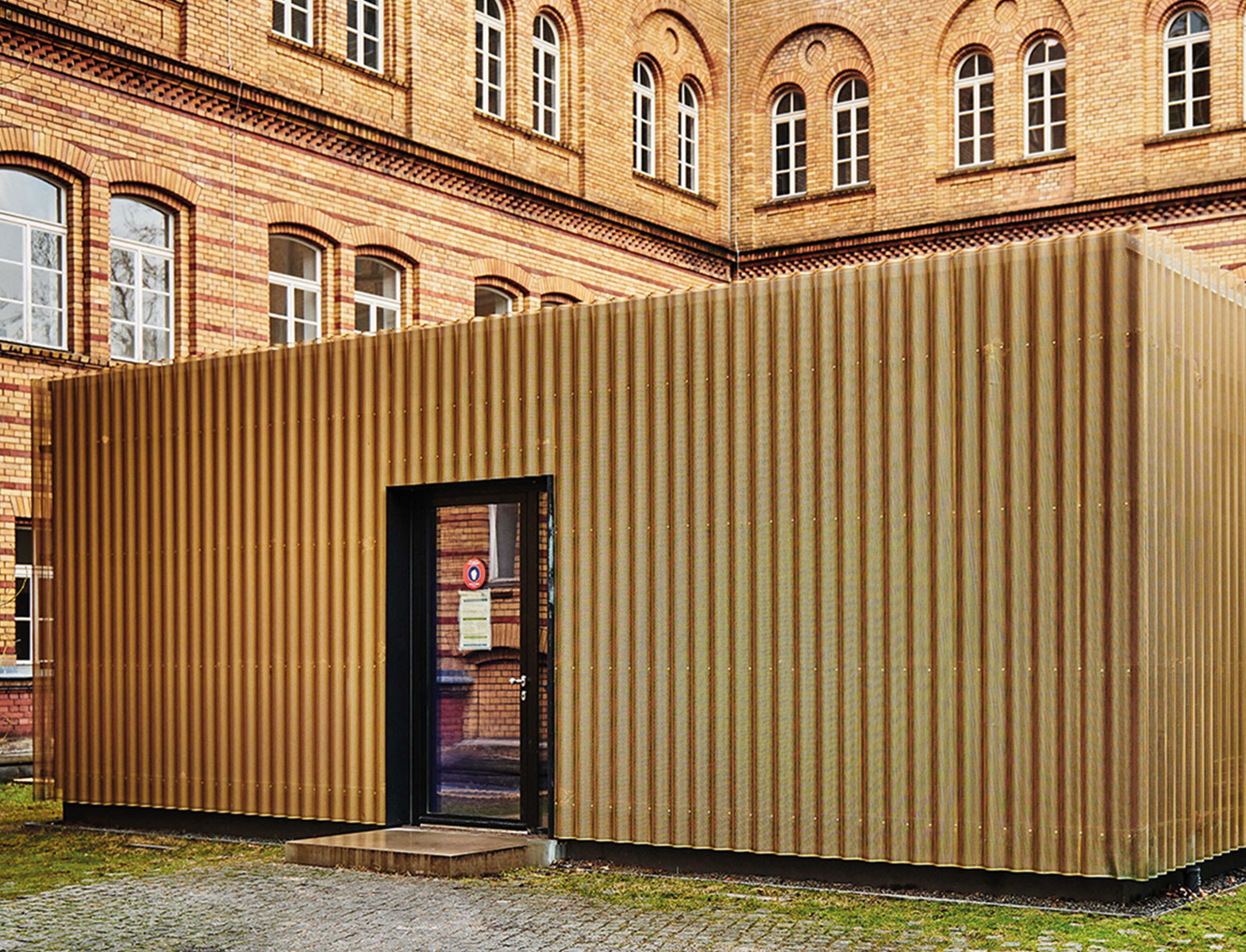#Berlin #Brandenburg #Building
04/24
Building With Wood and Renewable Raw Materials for a Climate-Friendly Transformation of the Berlin-Brandenburg Resource Region
Eike Roswag-Klinge, Kim Gundlach, Philipp Misselwitz, David Dietrich, Nina Peters
Natural Building Lab/Technische Universität Berlin, Bauhaus Erde
Description
The Natural Building Lab at Technische Universität Berlin worked in tandem with the Bauhaus Erde GmbH (Bauhaus Earth) to bring together actors from Berlin and Brandenburg and compile extensive data on sustainable forestry and the diverse applications for wood and other natural materials (hemp, loam, fungi, etc.) as construction materials in the region.
Results
According to the authors of the study, the construction sector is responsible for approximately 40% of carbon emissions, 55% of all generated waste, and for the extraction of 92% of mineral resources, making it one of the most damaging sectors to the environment in Germany. In order to achieve the climate targets and take appropriate action against resource scarcity, soil sealing, and the loss of biodiversity, we need to rethink the way new buildings are constructed and existing ones are renovated. New approaches could replace concrete, cement, steel, and insulating materials to a large extent with wood and other natural fibers such as hemp, loam, straw, and even fungi. The goal is for the construction industry to have a circular economy. What’s more, the use of renewable raw materials in buildings has the potential to bind large volumes of carbon dioxide.
The public sector is a major property developer and can lead by example in climate-neutral construction, e.g. BIM Berliner Immobilienmanagement mbh and the Berlin housing associations. However, Potsdam too has the potential to become a “wood-built city;” after all, Brandenburg is virtually predestined for the transition to wood construction practices on account of its vast expanses of forest. This project therefore addressed all stakeholders in the timber value chain in the region – from forestry companies to master carpenters – and used workshops and meetings to create a network. The activities were carried out in collaboration with trade associations in the region.
Participating scientists use “real labs” for experimenting with wood as a building material and bringing their ideas to life with prototypes. You can find examples in the “Holzbauatlas Berlin Brandenburg,” a digital platform for innovative construction projects made with wood.
Damaged wood can also be used in wood construction. However, it is important that healthy mixed forests are replanted and that, despite the fact that operations are accelerated, the public interest and democratic processes are respected in urban and construction planning. Climate-neutral construction also means that recycled materials are used systematically. Before constructing a new building, it is always important to consider whether an existing building could be better used or remodeled to limit the large amount of space and resources a new construction would entail.
Background
The study is the result of the CCC project “Regional Cluster: Wood and Renewable Materials in Berlin-Brandenburg“.
Picture: Philipp Arnoldt



